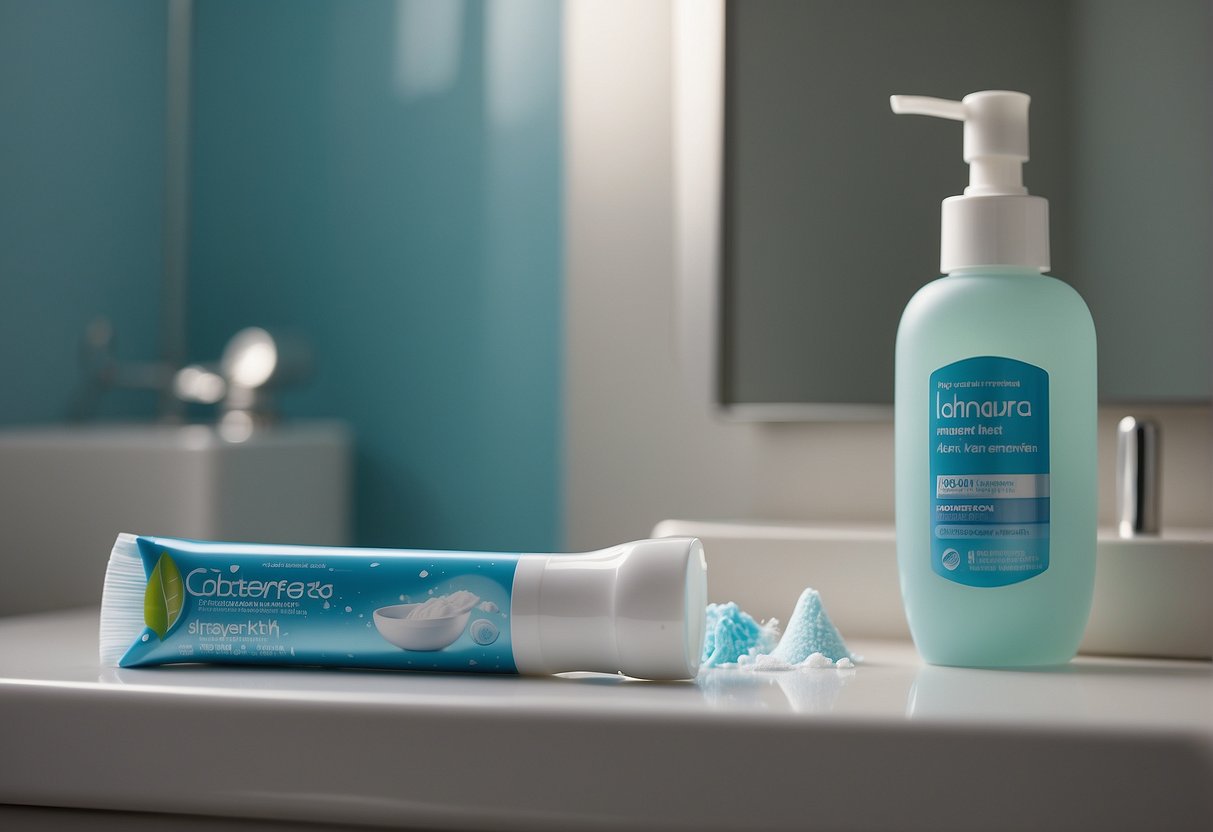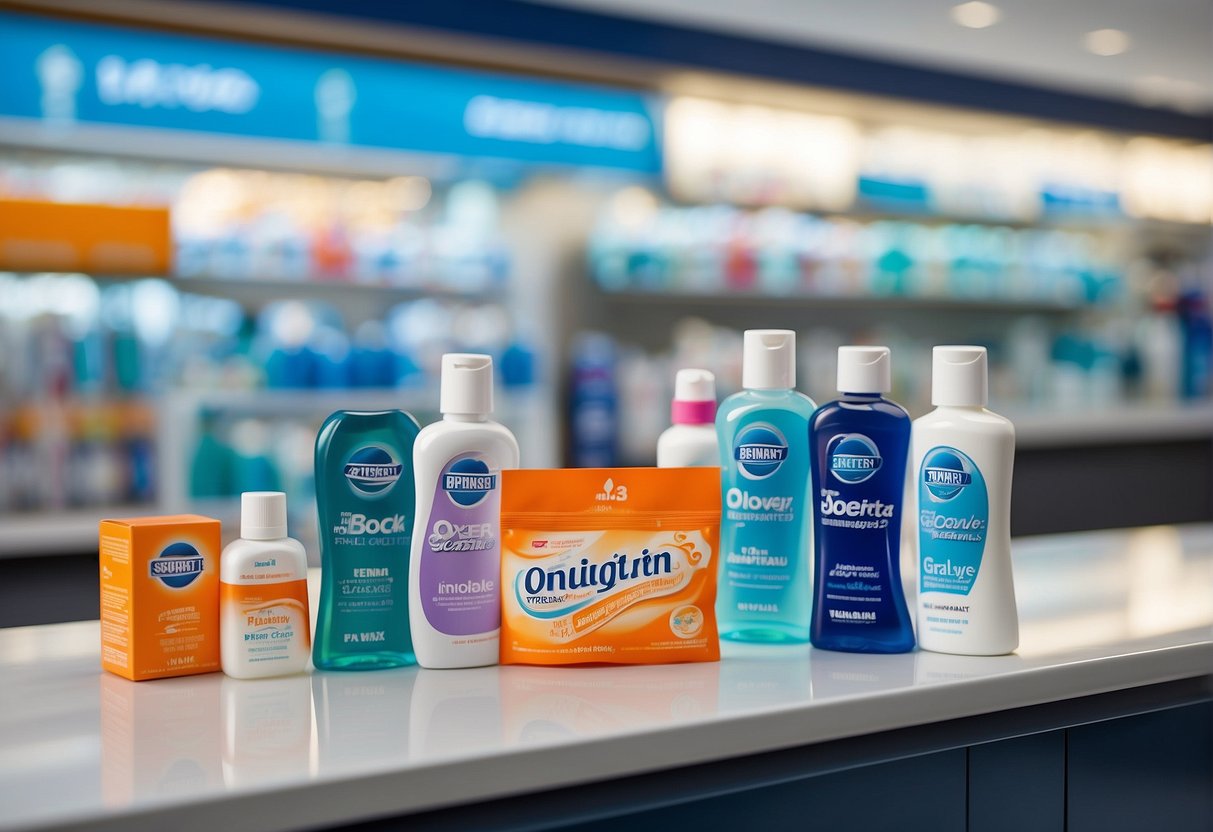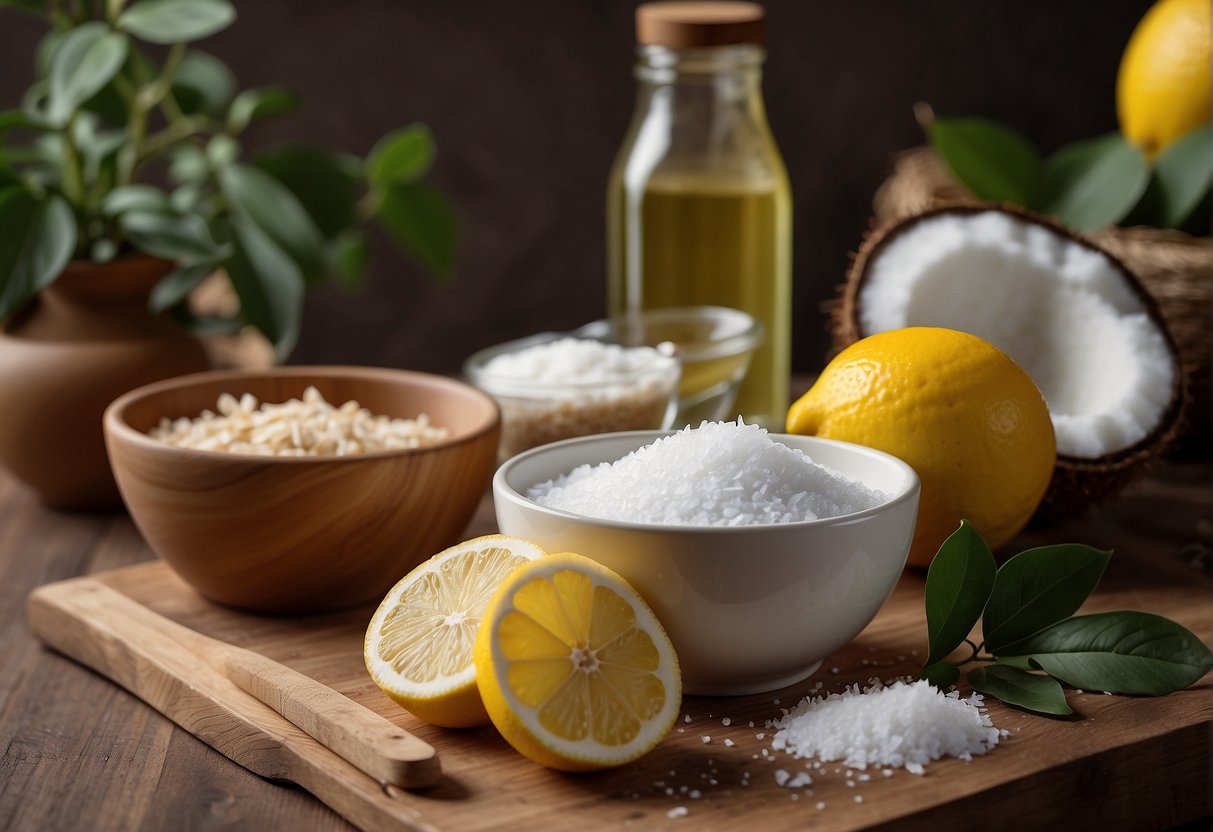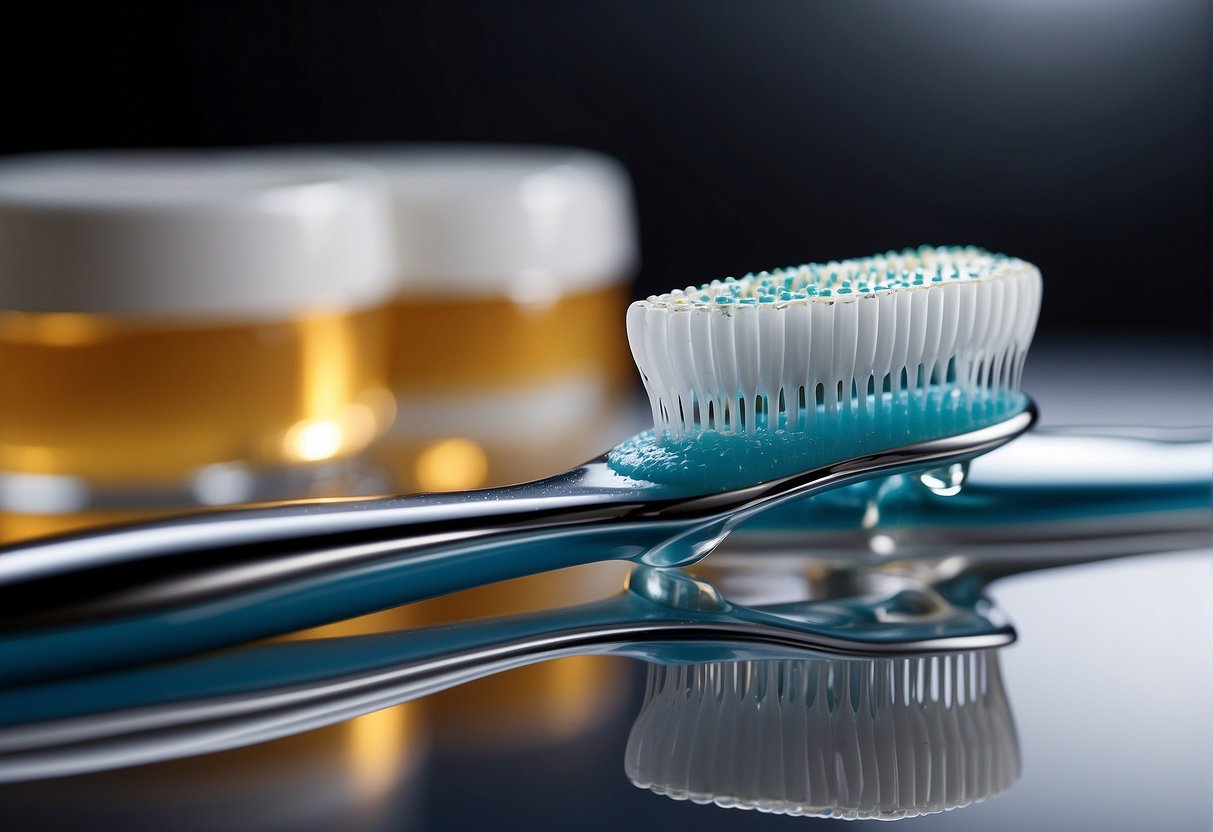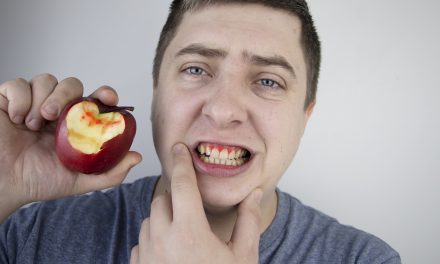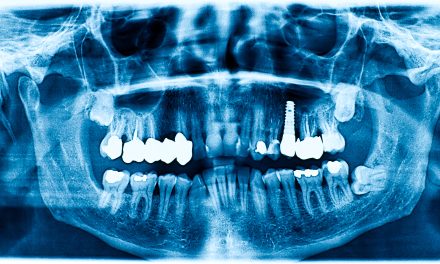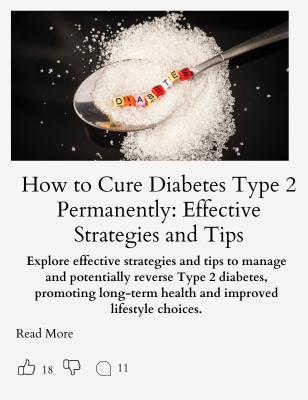Achieving a brighter, whiter smile is a common desire for many people, and it’s no surprise given the strong association between white teeth and overall appearance. The pursuit of whiter teeth has led to a variety of methods and products designed to combat discoloration and restore a more youthful, radiant smile. This article provides insight into different approaches to teeth whitening, from daily oral hygiene to professional procedures, and explores the safety considerations to keep in mind.
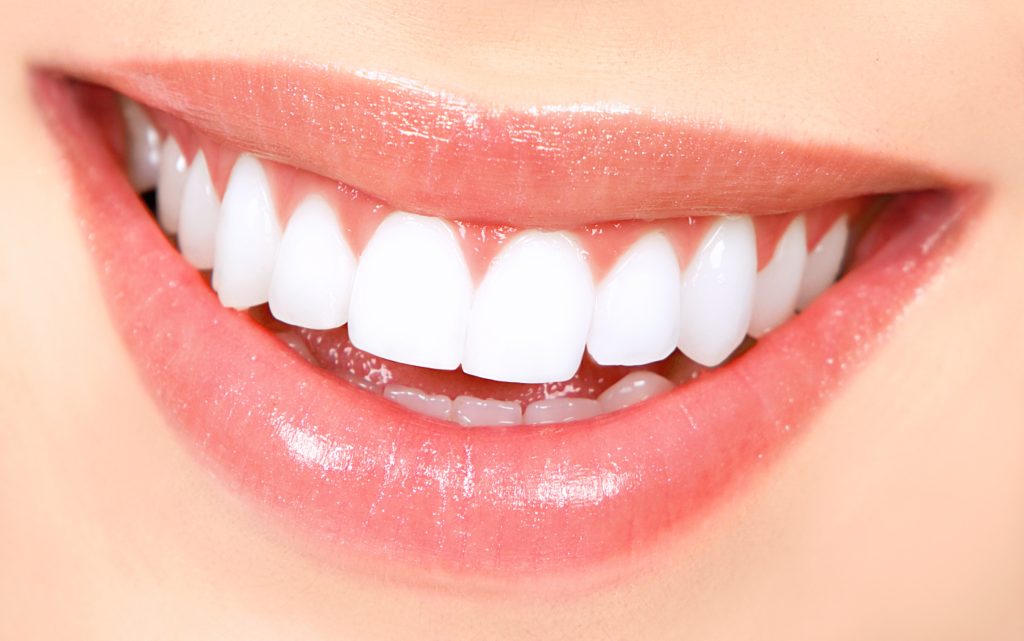
Tooth discoloration can stem from numerous sources such as diet, oral hygiene, and certain habits. Proactively managing these contributing factors can prevent stains and maintain teeth whiteness. For immediate whitening results, options range from over-the-counter products to treatments supervised by dental professionals. When it comes to quick teeth whitening, it’s imperative to balance efficacy with the safety and health of your teeth and gums.
Key Takeaways
- Maintaining daily oral care and avoiding stain-causing habits contribute to whiter teeth.
- A variety of safe and effective professional and over-the-counter treatments are available.
- To sustain whitening results, ongoing care and occasional touch-up treatments are beneficial.
Understanding Tooth Discoloration
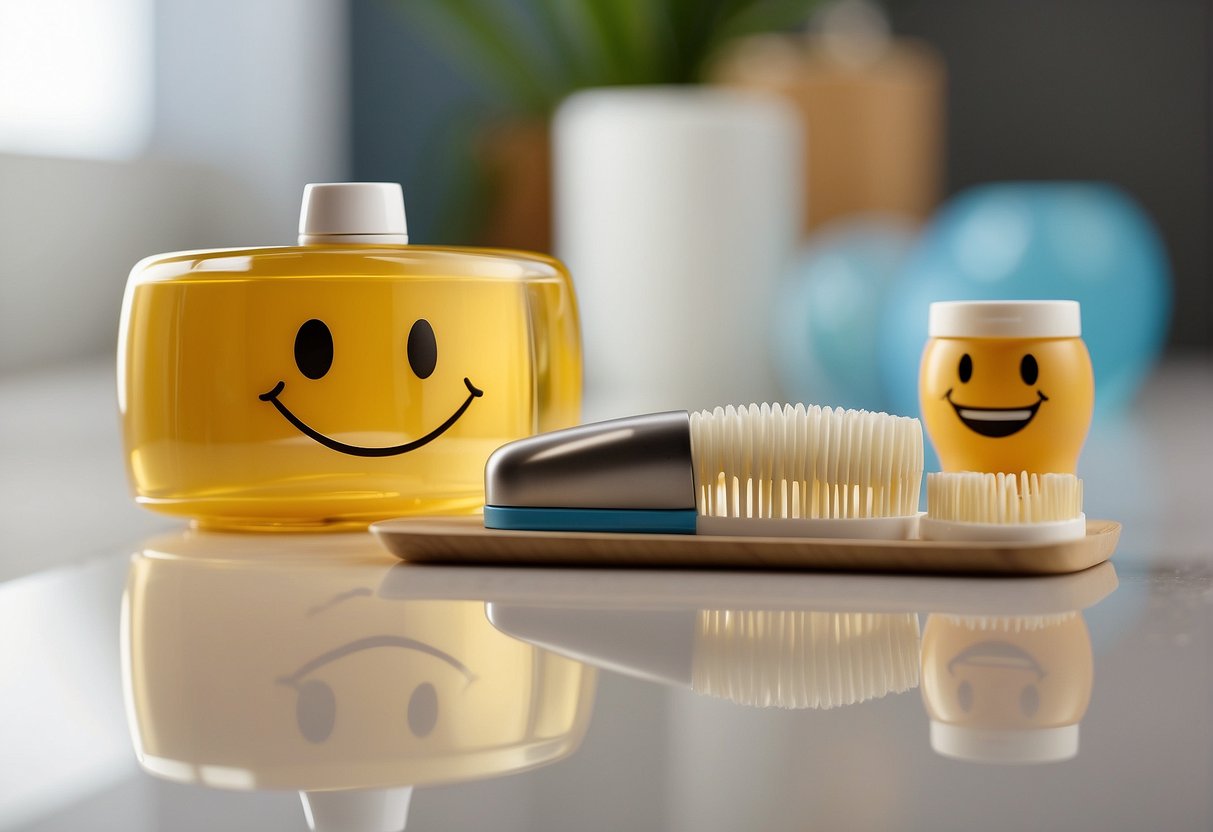
Tooth discoloration typically falls into three main categories: Extrinsic, Intrinsic, and Age-Related discoloration.
- Extrinsic Discoloration occurs on the outer layer of the tooth, the enamel. Common causes include:
- Coffee
- Tea
- Red wine
- Colored foods and drinks
Daily oral hygiene and regular cleanings can usually manage this type of staining.
- Intrinsic Discoloration is found within the tooth, affecting the dentin—the layer beneath the enamel. Causes can be more complex and include:
- Medication side effects
- Childhood illness
- Tooth trauma
- Excessive fluoride use
Addressing intrinsic stains often requires professional treatments such as bleaching.
- Age-Related Discoloration combines extrinsic and intrinsic factors. Over time, enamel thins, and dentin naturally yellows, exacerbating the appearance of stains.
It’s critical to identify the type of discoloration one is dealing with before choosing a whitening approach. One should consult with a dental care provider to determine the underlying causes of tooth discoloration and an appropriate whitening method. Only safe and recognized treatments should be employed to avoid damage to the teeth and gums.
Daily Oral Hygiene Practices
Maintaining optimal oral hygiene is critical for whitening teeth quickly. Effective brushing and flossing techniques, along with the use of mouthwash, are essential daily practices.
Tooth Brushing Techniques
One should brush their teeth twice a day using a soft-bristled toothbrush. It is recommended to use fluoride toothpaste and employ the following steps:
- Position the toothbrush at a 45-degree angle to the gums.
- Gently move the brush back and forth in short strokes.
- Brush the outer surfaces, the inner surfaces, and the chewing surfaces of the teeth.
- To clean the inside surfaces of the front teeth, tilt the brush vertically and make several up-and-down strokes.
Flossing and Using Mouthwash
Regular flossing is essential for removing plaque between teeth. Mouthwash can further aid in maintaining a healthy, white smile.
- Flossing:
- Use about 18 inches of floss, winding most of it around one middle finger and the rest around the opposite one.
- Hold the floss tightly between thumbs and forefingers and guide it between the teeth using a gentle rubbing motion.
- When the floss reaches the gum line, curve it into a ‘C’ shape against one tooth, and slide it into the space between the gum and the tooth.
- Mouthwash: Swish the mouthwash in the mouth for the time specified on the label, usually 30 seconds, and then spit it out. This can help to remove any remaining particles and provide additional fluoride treatment.
Diet Considerations for Whiter Teeth
The foods one consumes directly affect the appearance of their teeth. One can maintain or even improve the whiteness of their teeth by making mindful dietary choices.
Foods to Avoid
- Dark Beverages: Coffee, tea, and red wine contain tannins that can cause staining.
- Sugary Foods: Sweets and candies can lead to plaque buildup which leads to discoloration.
- Acidic Foods: Citrus fruits and tomatoes can erode enamel, making the teeth more prone to stains.
Foods to Consume
- Crunchy Fruits and Vegetables: Apples, carrots, and celery help scrub teeth clean.
- Dairy Products: Cheese, milk, and yogurt can neutralize acids and provide calcium for stronger enamel.
Professional Teeth Whitening Procedures
Professional teeth whitening procedures provide a quick and effective way to brighten your smile under the supervision of dental professionals. They use higher concentrations of whitening agents compared to over-the-counter products.
In-Office Bleaching
In-office bleaching offers the most immediate results. During this procedure, a dentist applies a powerful bleaching agent directly to the teeth. To protect the patient’s gums, a protective gel or a rubber shield is placed around the gumline. Then, a special light or laser may be used to enhance the action of the whitening agent. A single session can last between 30 to 60 minutes, and multiple sessions may be necessary to achieve the desired shade.
- Concentration of Bleaching Agent: Higher than at-home kits
- Duration: 30-60 minutes per session
- Number of Sessions Needed: Varies based on desired outcome
Custom-Fit Tray Bleaching
Custom-fit tray bleaching involves the use of a tray tailored to fit snugly over the patient’s teeth. Dental professionals provide patients with these custom-made trays and a less potent bleaching agent to use at home. Instructions are given on how to apply the gel and the duration for wearing the tray, usually several hours a day or overnight for a period of two to four weeks.
- Fit of Tray: Custom to the patient
- Strength of Bleaching Agent: Lower than in-office
- Application: At home, as directed by the dentist
Patients should follow their dentist’s instructions closely to ensure the best possible results while minimizing side effects such as tooth sensitivity or gum irritation.
Over-The-Counter Whitening Products
Over-the-counter whitening options offer significant convenience and can be quite effective. These products typically contain varying amounts of peroxide, which helps remove surface stains and lighten tooth color.
Whitening Toothpastes
Ingredients: Whitening toothpastes primarily use mild abrasives and chemicals to remove surface stains. Most contain a small amount of peroxide.
- Frequency of Use: It is recommended to use as part of a daily oral hygiene routine.
- Timeframe for Results: Noticeable results can often be seen after several weeks of consistent use.
Whitening Strips and Gels
Whitening Strips:
- Active Ingredient: These thin, flexible strips are coated with a peroxide-based gel.
- Application: Typically applied twice daily for 30 minutes over a period of 2 weeks.
Whitening Gels:
- Consistency: Clear, peroxide-based gels applied directly to the teeth.
- Method: Use of a brush for precise application is advised.
- Duration: Depending on the product concentration, application times may vary; always follow the manufacturer’s instructions.
Home Remedies and Natural Solutions
Many individuals seek out natural remedies for teeth whitening that can be done from the comfort of their home. The following are popular methods that focus on using common household items that may aid in brightening smiles.
Baking Soda and Peroxide
- Method: Mix a small amount of baking soda with hydrogen peroxide to create a paste.
- Application: They apply the mixture onto their teeth for two minutes and then rinse thoroughly.
- Frequency: This process can be done a few times a week, as overuse may damage tooth enamel.
Oil Pulling
- What it is: An ancient practice of swishing oil in the mouth.
- Choices of Oil: Usually, they use coconut, sunflower, or sesame oil.
- Method: They swish the oil around the mouth for 15-20 minutes and then spit it out.
- Results: Practitioners believe it removes toxins and can lead to whiter teeth.
Avoiding Common Staining Habits
To maintain the whiteness of one’s teeth, it is crucial to address habits that lead to staining.
Smoking Cessation
Smoking: Not only does it pose significant health risks, but it is also a major contributor to teeth discoloration. Tar and nicotine contained in tobacco create stubborn stains that penetrate the surface of teeth, leading to a yellow or brownish hue.
Limiting Staining Beverages
Beverages: Certain drinks are notorious for staining teeth. They include:
- Coffee and Tea: Both contain tannins that cause color compounds to stick to teeth.
- Red Wine: It has chromogens and tannins, which lead to staining.
- Cola: Its acidic nature and chromogens can darken teeth.
| Beverage | Component Causing Stains |
|---|---|
| Coffee | Tannins |
| Tea | Tannins |
| Red Wine | Chromogens, Tannins |
| Cola | Acids, Chromogens |
Limiting these beverages and practicing good oral hygiene, such as brushing after consumption, can help prevent stains. Using a straw can also minimize contact with the teeth, reducing the risk of stains.
Teeth Whitening Safety Precautions
When attempting to whiten teeth quickly, it is vital for one to consider the potential risks associated with whitening products and the management of tooth sensitivity. Adherence to safety precautions is essential to maintain dental health.
Understanding Product Risks
Whitening products often contain bleaching agents like hydrogen peroxide or carbamide peroxide. Individuals should:
- Check the concentration of these chemicals; higher concentrations can offer faster results but may also increase the risk of tooth damage or gum irritation.
- Use products from reputable brands that adhere to safety standards and regulatory approvals.
Dentist supervision is recommended, especially for products with high bleach concentrations, to mitigate risks such as enamel damage or uneven whitening.
Managing Sensitivity Issues
Tooth sensitivity is a common side effect of whitening treatments. One can manage this by:
- Starting with a lower concentration of whitening agent and gradually increasing as tolerated.
- Using toothpaste specifically formulated for sensitive teeth.
- Limiting the frequency of whitening sessions to allow teeth to recover.
- Consulting a dentist if sensitivity is severe or persists, as it may indicate an underlying issue that needs professional attention.
Maintaining Whitening Results
Achieving a bright smile is only the beginning. Effective maintenance is essential for long-lasting teeth whitening results. Patients must engage in proper oral hygiene and consider professional strategies.
Regular Dental Visits
They should schedule regular dental check-ups and cleaning appointments. Dentists can remove plaque and tartar that can stain teeth. Additionally, these visits allow for the monitoring of the teeth’s whiteness and identification of potential problems early.
| Interval | Purpose | Outcome |
|---|---|---|
| 6 Months | Check-up | Monitor and maintain oral health |
| Annual | Cleaning | Keep teeth stain-free |
Touch-Up Treatments
They might need touch-up treatments, depending on the initial whitening method and their lifestyle. If they consume stain-causing foods or drinks, more frequent touch-ups may be necessary.
- At-home trays: Depending on the product, one might use an at-home tray for a few days every 6-12 months.
- Whitening strips: Reapplication might be required every 4-6 months.
- In-office procedures: They typically offer the longest-lasting results, but a patient may need a touch-up every 1-2 years.
Avoiding or reducing intake of staining agents like coffee, tea, and red wine can prolong the interval between these treatments.
Innovations in Teeth Whitening
Recent advancements in teeth whitening technology have made it possible to achieve a brighter smile in a shorter amount of time. These cutting-edge methods are designed to reduce tooth sensitivity and improve the longevity of the whitening effects.
Laser Whitening
Laser whitening is a technique where dentists apply a bleaching agent to the teeth and then use a laser to enhance the agent’s effectiveness. The laser activates the bleaching compound, often resulting in immediate and noticeable results. This method can whiten teeth by several shades in just one session, although the exact outcome may vary from person to person.
Blue LED Light Technology
Using Blue LED light technology, teeth whitening systems aim to speed up the bleaching process. The light works in conjunction with a specially formulated gel applied to the teeth, which helps break down stains more quickly. This method is not only used in dental offices but also in at-home kits, offering a convenient and efficient way for consumers to whiten their teeth outside of professional settings.
Frequently Asked Questions
In this section, readers will find targeted answers to common questions about rapidly whitening teeth, using methods from home remedies to professional treatments.
What are the most effective home remedies for teeth whitening?
The most effective home remedies for teeth whitening include baking soda and lemon juice paste, apple cider vinegar rinse, and activated charcoal. Consistent oral hygiene and dietary choices play a significant role as well.
Can teeth whitening strips provide quick results?
Yes, teeth whitening strips can provide noticeable results within a few days of use. They contain peroxide-based bleaching agents and should be used according to the manufacturer’s instructions for safety and effectiveness.
What is the safest way to use hydrogen peroxide for teeth whitening?
The safest way to use hydrogen peroxide for teeth whitening is to use a solution of no more than 3% and to rinse the mouth for 60 seconds before brushing with regular toothpaste. Always follow up with a dentist to avoid irritation or damage to the gums and enamel.
What professional teeth whitening options offer the fastest results?
Professional options such as in-office bleaching can offer the fastest results, often in just one session. These treatments are administered by dental professionals using high concentrations of hydrogen peroxide or carbamide peroxide.
How can I whiten yellow teeth quickly without harming the enamel?
One can whiten yellow teeth quickly without harming the enamel by using over-the-counter products like enamel-safe whitening toothpaste and gels that are designed for gentle action and by avoiding abrasive techniques.
Are there any overnight methods to whiten teeth that are safe to use?
While some overnight whitening methods exist, such as trays with bleaching gels, their safety depends on the product’s formulation and compliance with usage instructions. A dentist can recommend the most appropriate and safe overnight options.
Conclusion
In summary, to whiten your teeth quickly, it’s important to combine daily oral hygiene with proven whitening methods. Brushing regularly with whitening toothpaste, using whitening strips or gels, and considering professional treatments like laser whitening or custom-fitted trays can all contribute to a brighter smile in a short period. However, it’s crucial to prioritize the health of your teeth and gums by following the guidance of dental professionals when using these methods. Quick results are possible, but they should not come at the expense of your overall oral health. By carefully selecting the appropriate products and treatments, you can achieve a noticeably whiter smile swiftly and safely.


